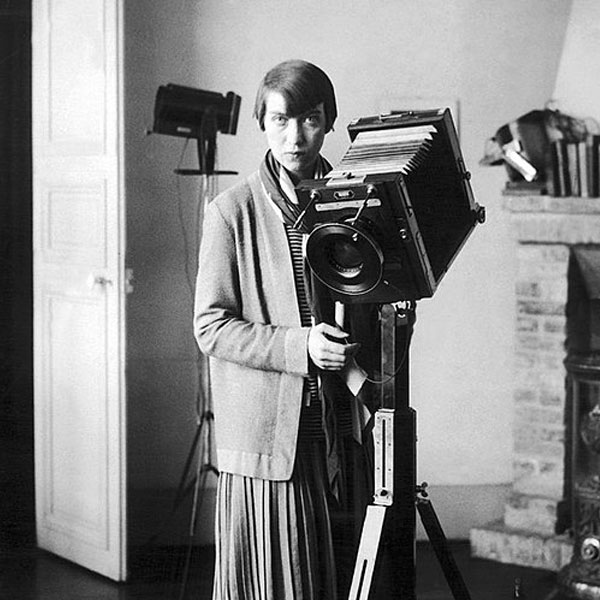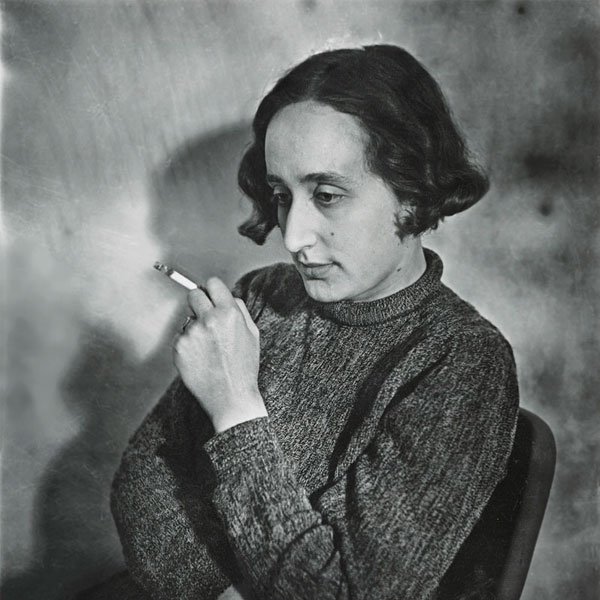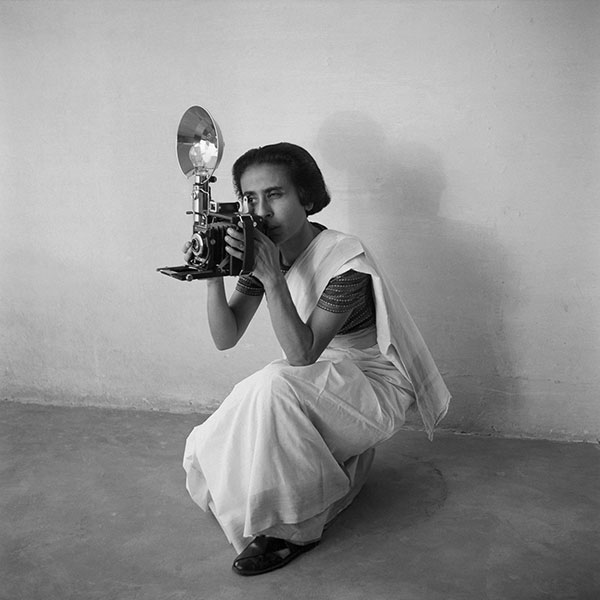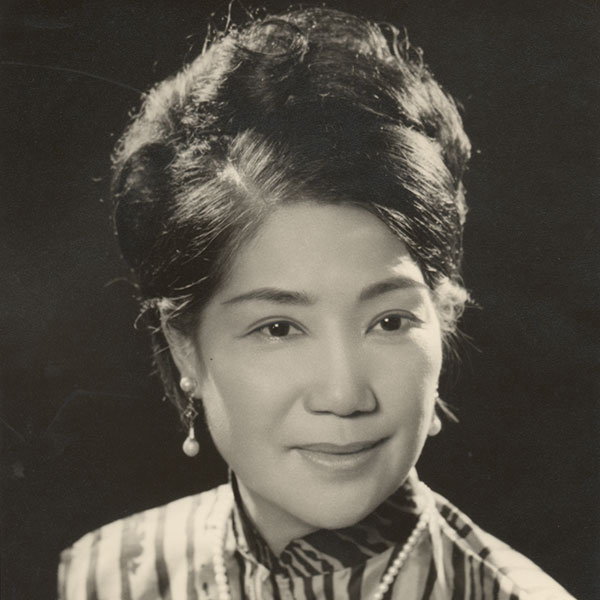Has a book or a film ever left you yearning to live in the past? Is there a bygone era which calls to you, beyond all explanation?
In many ways, lockdown has transformed our relationship to ‘place’. Now, as part of the Exposure Photography Festival in Calgary, Alberta, Canada, Hundred Heroines presents an online exhibition which considers our relationship with ‘time’. Empathising with anachronistic feelings, Anemoia: Nostalgia for a Time I Never Knew celebrates the work of seven pioneering women photographers who were well ahead of their time.
A powerful catalyst for anemoia, the photographs featured are uplifting; while the stills of street scenes, sewing circles and the seaside recall the social gatherings we miss, they remind us that human spirit and solidarity are timeless.
The online exhibition offers an incredible record of twentieth century Asia, Europe, and North America, featuring the architectural photographs of Berenice Abbott; candid slice-of-life images by Esther Bubley, Fanny Foster, Gerti Deutsch, and Edith Tudor Hart; the iconic work of Nancy Sheung, whose portraiture demonstrates an acute mastery of form; and the photojournalism of Homai Vyarawalla, India’s first woman photojournalist. Together, these fragments reveal an unbroken narrative of change. These women were not simply documenting history – they were helping to create it.
The photographs are exclusively black-and-white, an aesthetic which emphasises the lacuna between then and now. However, these images are not remote; capturing the detail of everyday life, the collection is indelibly human. The strings of a violin, threads trailing from a knitted scarf; these are the lines along which time travels. The people in these photographs are us; the past is woven into the present.
Perhaps these photographers were conscious of posterity; nevertheless, the images eulogise life in motion – its vibrancy, diversity, and immediacy. Such is the true delight of Anemoia; while prominent critics such as Sontag and Barthes have classified photographs as harbingers of death, the exhibition is a poignant reminder of their equal capacity for animation. The light which touched these bodies and buildings centuries ago is captured by the lens; the camera creates a surviving trace of irrevocably departed lives. These memories are not lost, but ever close at hand; the experiences of today are the photographs of tomorrow.



















